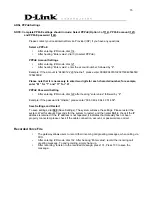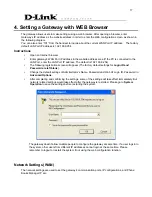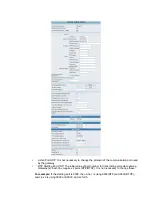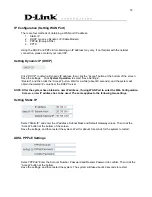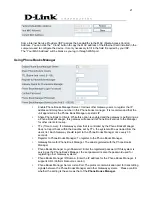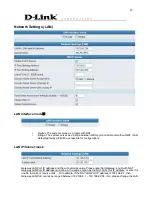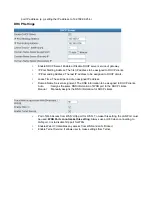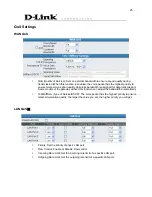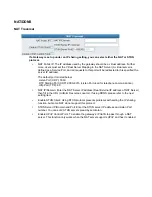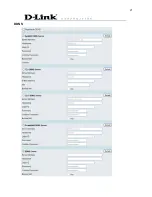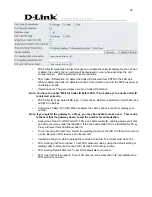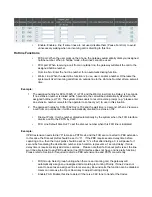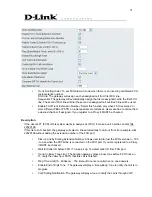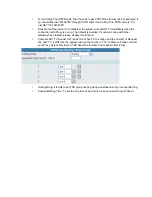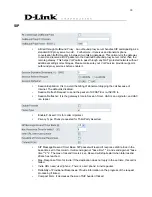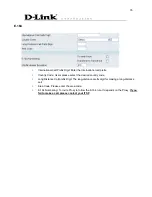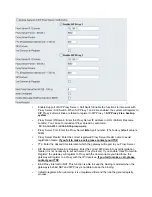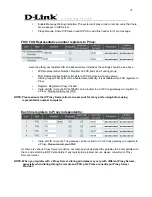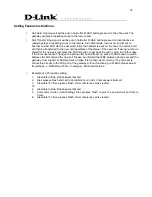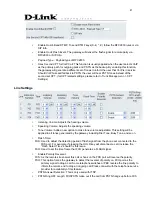
NAT/DDNS
NAT Traversal
If a Gateway is set up under an IP sharing setting, you can select either the NAT or STUN
protocol.
NAT Public IP: The IP address used by the gateway should be a virtual address. Further
more, users must set the Virtual Server Mapping in the NAT Server (A virtual server is
defined as a Service Port, and all requests to this port will be redirected to this specified the
server IP address).
The default port is listed below:
Listen Port (UDP): 5060
RTP Starting Port (UDP): 9000~9015 (Listen Port used for telephone communication).
Http Port (TCP): 80
NAT IP/Domain: Enter the NAT Server IP address (Real External IP address of NAT Server)
then fill in the URL (Uniform Resource Locator). If using DDNS, please refer to the next
setting item
Enable STUN Client: Using STUN protocol prevents problems with setting the IP sharing
function, but some NAT do not support this protocol.
STUN Server IP/Domain and Port: Enter the STUN server IP address and Listen Port
number. You can set 2 STUN server spread by semicolon.
Enable UPnP Control Point: To enable the gateway’s IP traffic to pass through a NAT
server. This function only works when the NAT server supports UPnP and has it enabled.
Summary of Contents for DVG-7062S
Page 1: ...1 DVG 7062S VOIP Gateway User Manual Version 1 0 ...
Page 2: ......
Page 24: ......
Page 29: ...27 DDNS ...
Page 36: ......




